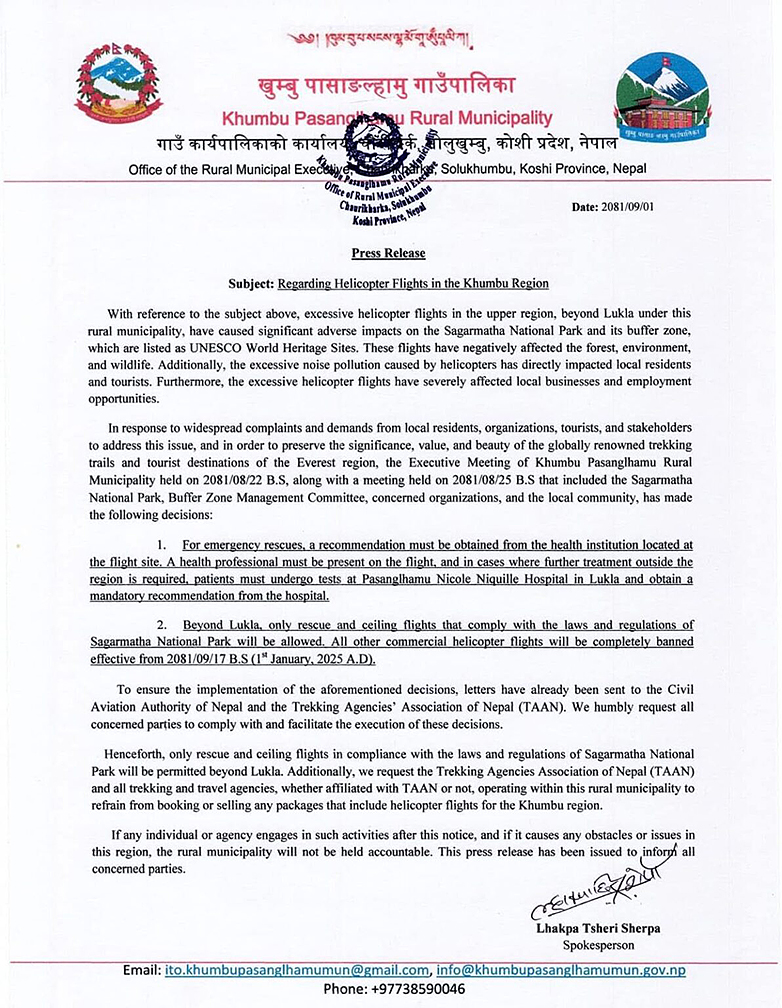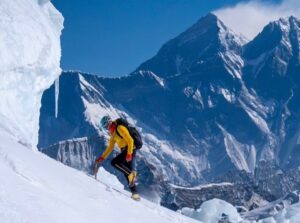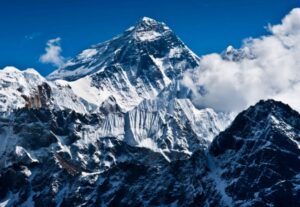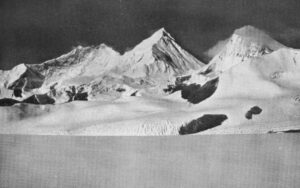Sagarmatha National Park authorities have declared war on the noisy helicopters circling the Khumbu Valley almost all year. Headlines last weekend announced a ban on flightseeing tours to Everest and neighboring peaks for 2025. But the helicopter industry was quick to respond, and the ban may ultimately just be shelved or ignored, as it was last year.
Headlines in local papers announced the end of tourist flights from Kathmandu and Lukla to Everest as of Jan. 1, 2025. In a park circular, conservationists explained that the “unpopular” measure was necessary to preserve the environment, to avoid disturbing both locals and tourists, and — the key — to protect local businesses.
Only rescue flights will be allowed, they stated, noting also that cargo helicopters — like those normally supplying the base camps of Everest-Lhotse, Lobuche, and Ama Dablam — can no longer fly above Pangboche, at 4,000m.

Letter sent by the Pasang Lhamu municipality.
Clashing interests
This same measure was also announced last spring, just before the start of the climbing season. Even Nepal’s Supreme Court backed it. But the restrictions were later eased, as there weren’t enough yaks in the area to cater to all the expeditions.
Furthermore, many helicopter companies ignored the order, supported by Nepal’s powerful Civil Aviation Authority (CAAN). According to CAAN, national park regulators have no authority over who flies a helicopter in Nepal, or when, or where.
The Airline Operators Association of Nepal (AOAN) then confirmed that they would continue operating and respecting their booked flights, which are sometimes scheduled an entire year in advance, The Times of India reported.
These would-be bans highlight a long clash between the thriving helicopter companies and the local authorities and entrepreneurs of the Khumbu. Helicopter tours are increasingly popular in Nepal, especially for for those with little time, stamina, or desire to acclimatize by walking uphill for days.
Everest flights make up 60% of the business of some helicopter companies, according to New Business Age. Pratap Jung Pandey, managing director of Kailash Helicopter Services, told the paper that his company operates 8 to 10 flights daily to the Everest region during peak tourist seasons in spring and autumn.
A constant buzz
On the other hand, the constant buzz of passing helicopters is an unwelcome distraction for trekkers and climbers hoping to immerse themselves in the Himalaya. It’s hard to appreciate the wilderness when noisy helicopters fly all day long.
The Khumbu authorities’ letter noted that the flights harm the forests, the environment, and the wildlife, although they don’t specify how. Outfitters have pointed out that helicopters raise the carbon footprint but also save time and lessen the use of cooking and heating fuel for trekkers.
But helicopters especially affect lodge owners around Namche Bazaar and Pangboche, who see their potential customers flying past them without stopping.

A helicopter at Lukla airport. Photo: Manang Air
Typically, the helicopters fly from Kathmandu to Lukla with four passengers. Two tourists at a time then board a smaller flightseeing helicopter to the Kala Patthar near Pumori. They fly past Everest, Lhotse, and Nuptse before returning to Lukla without landing. They are back in their hotel in Kathmandu for lunch.
The average price per person is $250 to $300. Overall, it is a profitable and growing business.






